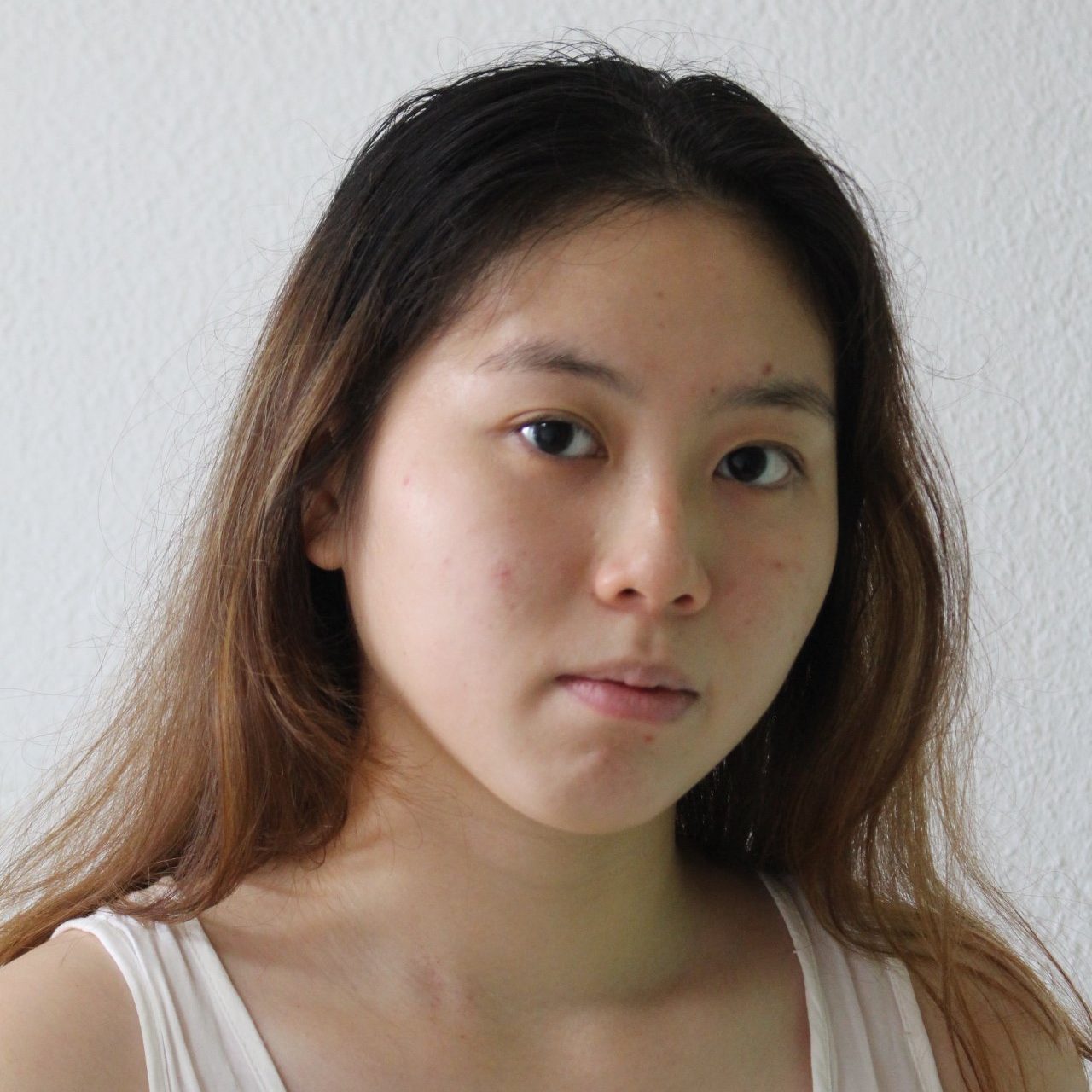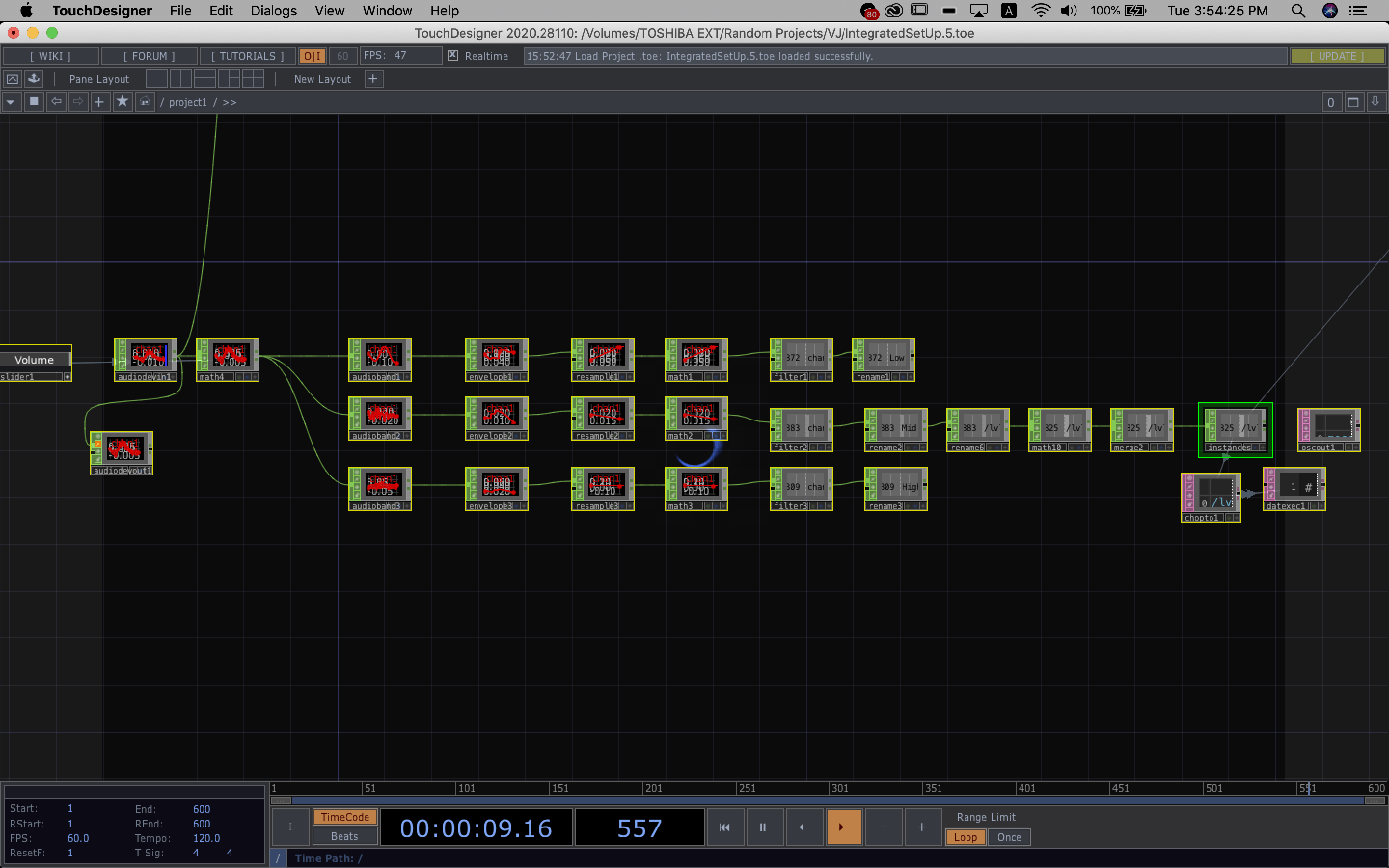Stage Creation/Platform!!!
Step 1: Idea

Step 2: Get materials Instead of getting a foldable stage, getting crates were just much cheaper and makes more sense since they already had slits. There is space to insert the bulbs.
Instead of getting a foldable stage, getting crates were just much cheaper and makes more sense since they already had slits. There is space to insert the bulbs.
 Next was trying to get the electric circuit out and the placement of the bulbs. Mainly it was inserting 4 bulbs (2 at the edges, 2 in the middle). Initially I was thinking of doing 3, but the middle part of the crate was blocked with wood, instead of trying to drill into the wood, (which would have been dangerous since it might not be able to support the weight it was originally intended for) I decided to just have 2 in the middle.
Next was trying to get the electric circuit out and the placement of the bulbs. Mainly it was inserting 4 bulbs (2 at the edges, 2 in the middle). Initially I was thinking of doing 3, but the middle part of the crate was blocked with wood, instead of trying to drill into the wood, (which would have been dangerous since it might not be able to support the weight it was originally intended for) I decided to just have 2 in the middle.
 The parallel circuit mainly consisted of the 4 bulbs, 4 starters, 4 ballast. Additional 12 clips to hold the bulbs in place.
The parallel circuit mainly consisted of the 4 bulbs, 4 starters, 4 ballast. Additional 12 clips to hold the bulbs in place.
Step 3: Installation
 left the paper sleeve on because 4 bulbs was brighter than I expected
left the paper sleeve on because 4 bulbs was brighter than I expected
 Underside view of the crate
Underside view of the crate
 , Since there was too much light penetration through the slits, I think I will cover it up with a cloth to achieve a the more diffused look.
, Since there was too much light penetration through the slits, I think I will cover it up with a cloth to achieve a the more diffused look.


Left to do: Attach the 2nd crate below to make this platform higher, sand the crate for safety and add attach the cloth


Interface update from https://oss.adm.ntu.edu.sg/ho0011an/ill-work-on-the-oss-ltr/
Interface
Updates from the previous stage: I have added such that the spawned object is moves randomly within a bounding box, and experimented with the call to spawn the object.
What I realise is that we don’t speak in one breathe, so because we break our sentences up as we speak, this would cause many many objects to be spawned because of the pauses in between.
Instead, I think another more efficient way of doing this would be to have a button participants can press while they are speaking.
Right now, still not too happy with the way it moves, I wanted more of a zero-grativity floating kinda movement but its like doing the zoomies now.
Also, it’s not the way it spawns is also so ugly, it is just appearing at the target point, but I am looking at a more like blowing bubble like vibe.



































